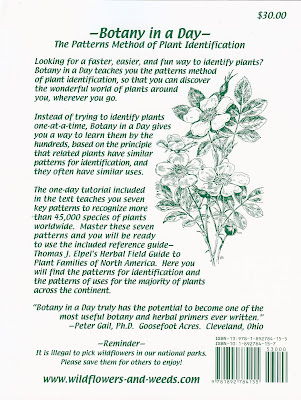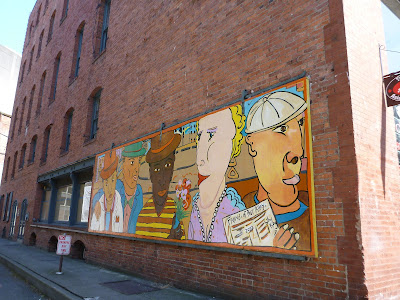Cherimoya Fruit with Pulp Scooped Out

Cherimoya or
Annona cherimola is a fruit native to Peru, Ecuador, Columbia, and Bolivia. You can find the fruit in your typical higher-end grocery store, farmer’s market (if you live in an area that can grow them like parts of California), or online (e.g.
cherimoya.com). There are many names for the cherimoya including chirimoya, custard apple, and sherbet fruit. The latter two names refer to the fruit’s creamy flesh. Description of the taste of cherimoya vary but include references to pineable, banana, strawberry, and papaya. (Our first impression was bubblegum.)
The genus name
Annona has “been interpreted as derived from the Latin annona (based on
annus, year), the year’s produce (grain or food); or on a native Brazilian or American Indian (Taino) name,
annona or
anona.” [Chapter 24,
Top 100 Exotic Food Plants, Ernest Small]. (
Annona is the type genus of the family Annonacea. ) The species epithet cherimola, according to 100 Exotic Food Plants, has some connection to local references to the description of the seeds:
The English name “cherimoya” is derived from the Spanish chirimoya, probably from the Quechua (Inca language, still spoken by Indian peoples of Peru and Bolivia) chirimyua or chirimoya, meaning “cold seeds.” Cherimola in the scientific name A. cherimola has the same basis. Aside from being the name for the fruit, the Inca word cherimoya has the meaning “cold breast.”
Speaking of “cold seeds”, the seeds of the cherimoya are inedible and toxic and so we thought for second oh, if you eat the seed, they leave you dead cold. Or, it is often suggested to freeze cherimoya and enjoy like sherbet - cold seeds for sure. But no, it is likely the meaning has to do with the fact that the plants are found in colder, higher altitude locations and the seeds germinate in these conditions.
In the photos here, we cut up one cherimoya and removed the seeds and put the pulp in two small bowls. This particular cherimoya yielded just under thirty seeds – barely enough to spell
Annona. (A
video on Cherimoya Hand Pollination from Papaya Tree Nursery indicates that over pollinating results in more seeds.)
How do you use the cherimoya? It can seem intimidating at first. It took us a few tries to figure out to best use it for our situation: on top of our morning muesli. Here are two methods we discovered. Method one: cut a ripe cherimoya in half, scoop out the pulp (remove the seeds) and use immediately. Store the other half in the refrigerator for the next use (one to a few days later). Put a paper towel over the exposed part. Method two: take two or more ripe cherimoya, separate all the pulp from the seeds, and put the pulp into a container and freeze. Whenever you need a little, take out and slice off some from the frozen block. (Ours literally pops out of the container after freezing, making it easy to slice off pieces.) Many references on working with cherimoya say to not put them in the refrigerator before they are ripe.
Two Cherimoya (left) and Stem Comes Right Out (right) – Perhaps Overripe?


Cherimoya Sliced Open (left) and Cherimoya Half with Pulp Scooped Out (right)

Cherimoya, Separating Pulp From the Seeds (left) and Scales (right) Marking the union of ripened ovaries (carpels). The cherimoya is an aggregate fruit or syncarp.


Cherimoya Face (Cherimoya with Strawberry Bits)




















































